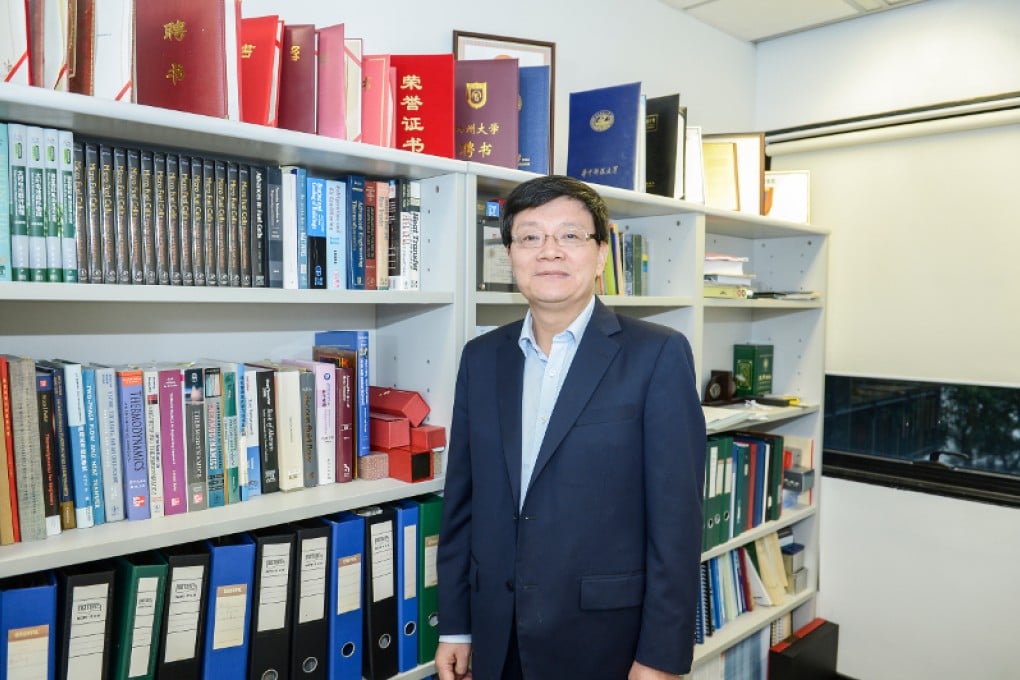Renewable energy – is it a ‘mission impossible’?
Innovations spark a light on the widespread use of various types of renewable energy in Hong Kong

With studies showing that more than half the electricity used in Hong Kong is currently generated by burning coal – while wind and solar energy account for less than 2 per cent of local consumption – concerns about global warming and environmental crises are reaching new heights.
What are the barriers to the widespread use of renewable energy in Hong Kong, as well as other parts of the world?
“Despite the adequate sources of wind and solar energy in Hong Kong, the low power identity of renewable energy makes it rather expensive,” says Tianshou Zhao, chair professor of mechanical and aerospace engineering at Hong Kong University of Science and Technology (HKUST) and director of the HKUST Energy Institute.
“At the same time, the intermittent nature of renewables presents an imperative need to develop large-scale electrical energy storage systems for integrating them to enable a stable and sustainable supply of energy, even on less windy and sunny days,” Zhao says. “Actually, the introduction of more than 20 per cent intermittent energy from renewable sources without the required storage could destabilise the grid, with looming threats of voltage increases and frequency fluctuations.”
Zhao, an internationally renowned expert in energy engineering, explains that the development of renewable energy in Hong Kong is still at an early stage. The primary task is to identify a pragmatic, convenient and cost-effective way to store renewable energy.
The HKUST Energy Institute aims to become a global leader in cutting-edge research, development and education in sustainable energy generation, storage, distribution and utilisation through multidisciplinary methodologies. It fully supports Zhao and his research group of 90 professionals in conducting studies into renewable energy technologies.
